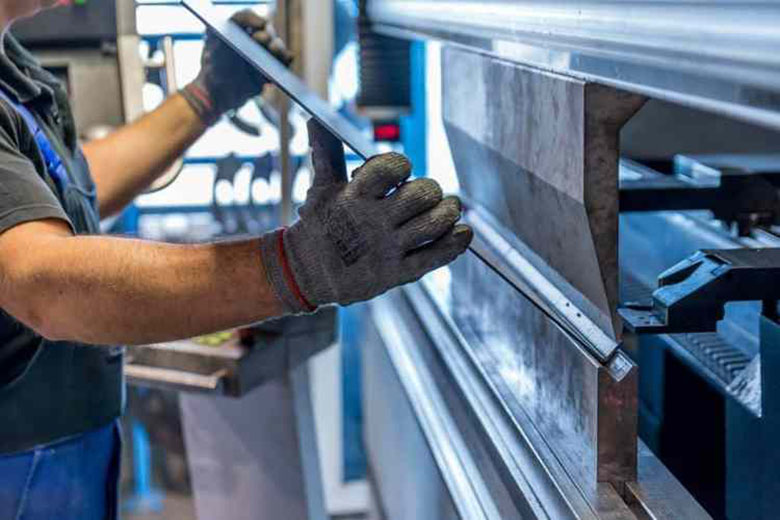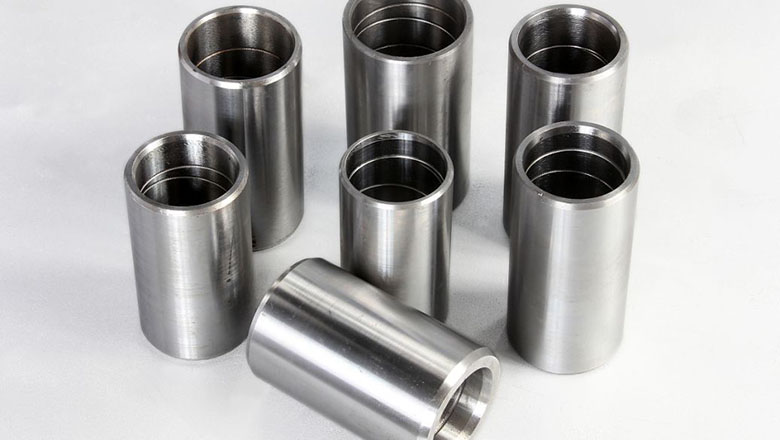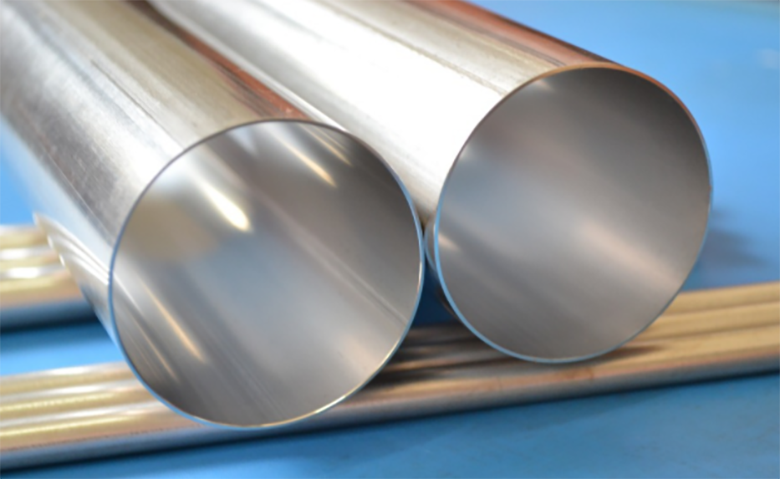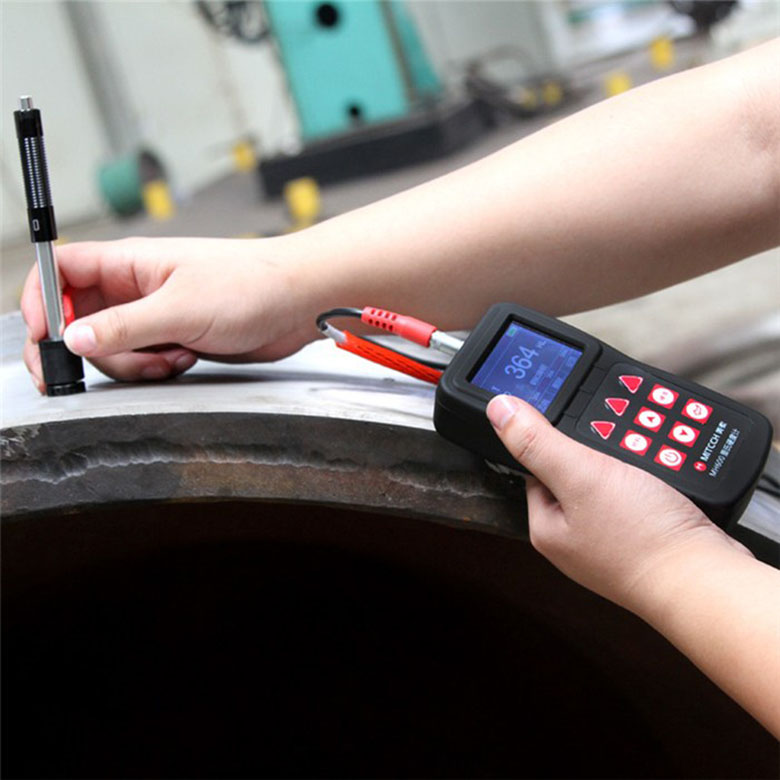304 Stainless Steel Pipe Hardness
304 stainless steel pipe commonly used brinell, rockwell, vickers hardness of three indicators to measure its hardness.

Brinell hardness (HB): Among stainless steel pipe standards, Brinell hardness is widely used. Its principle is to apply a certain pressure on the material surface through an indenter, and then measure the diameter of the indentation to determine the hardness. This method is intuitive and convenient, but it is not suitable for harder or thinner steel and steel pipes.

Rockwell hardness (HR): Rockwell hardness is also an indentation test method, but unlike Brinell hardness, it measures the depth of the indentation. Rockwell hardness test is a widely used method at present. Its scales have three standards: A, B and C, which are usually recorded as HRA, HRB and HRC. Among them, the use of HRC in steel pipe standards is second only to Brinell hardness HB. Rockwell hardness can be used to measure metal materials from extremely soft to extremely hard, and the hardness value can be read directly from the dial of the hardness machine, but the hardness value may not be as accurate as the Brinell method.

Vickers hardness (HV): Vickers hardness test is also an indentation test method, especially suitable for measuring the hardness of very thin metal materials and surface layers. Although the Vickers hardness tester has a wide measuring range and can measure almost all metal materials used in industry, it is relatively rarely used in steel pipe standards.

It should be noted that different production processes and materials will affect the hardness of 304 stainless steel pipes. Therefore, in practical applications, the specific hardness value needs to be comprehensively considered based on the product's own characteristics and needs.









